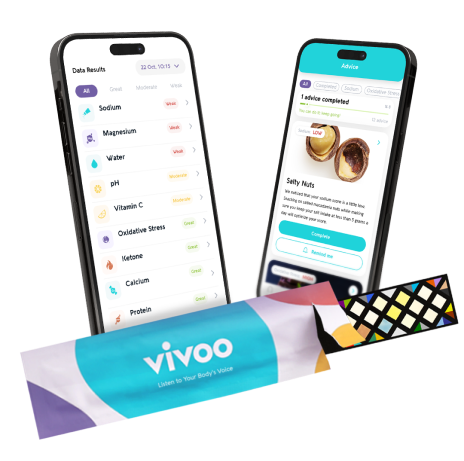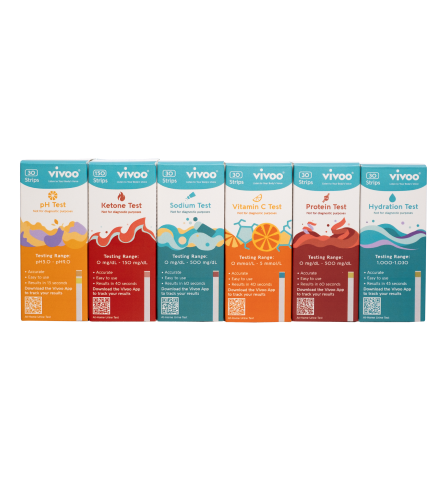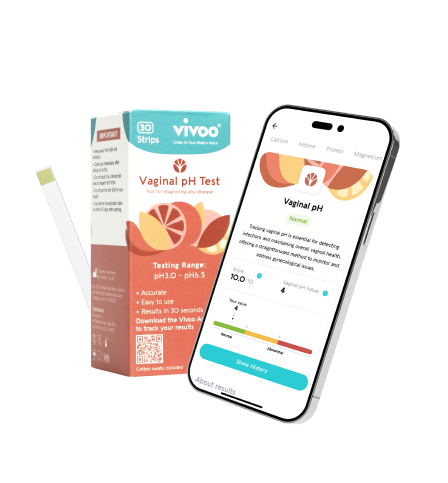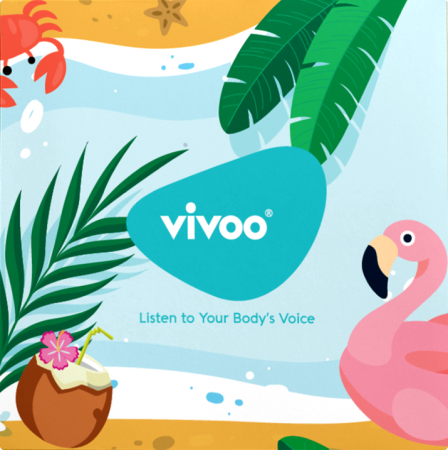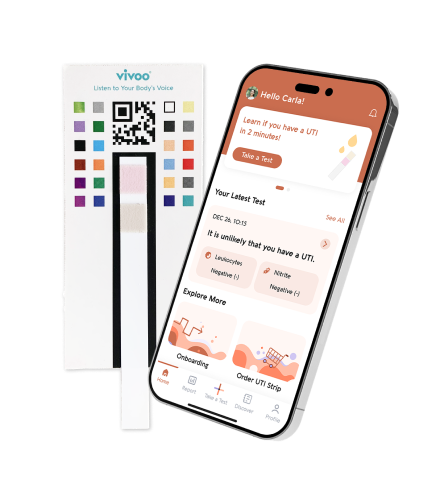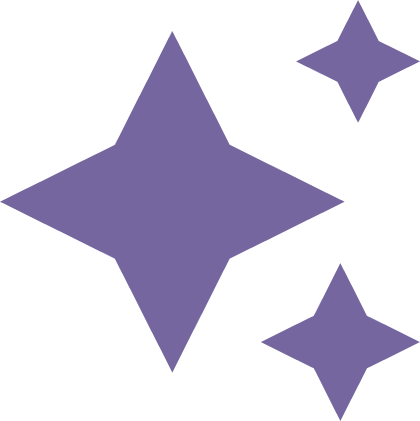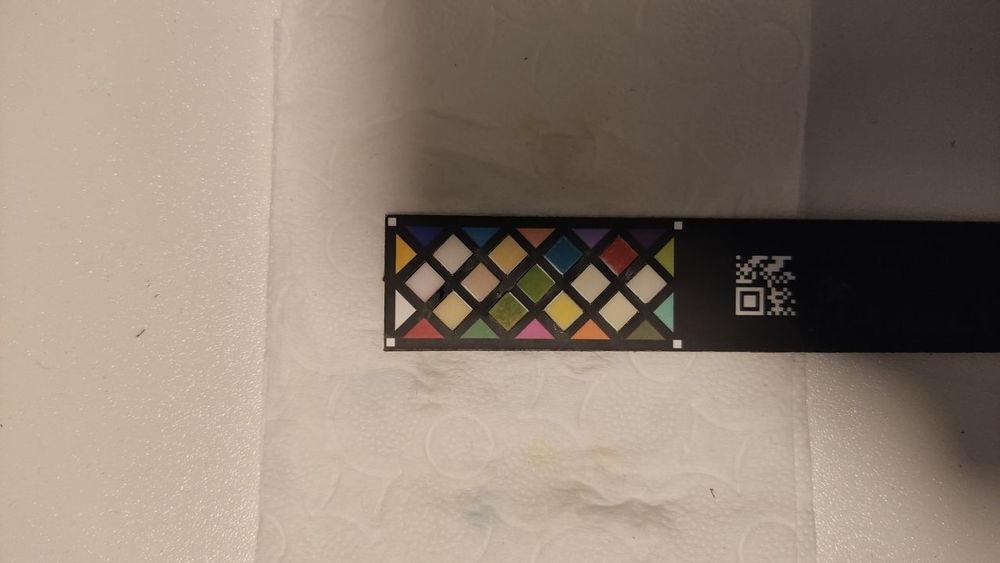Sodium is an essential nutrient necessary for important bodily functions. It assists with balancing fluids in organisms and regulating blood pressure. Too much of a good thing can be bad, and taking in too much salt increases the risk of high blood pressure, heart disease, and stroke. Added salt in food is the main source of sodium in our diet. Unfortunately, while the recommended daily intake is 5-6 grams per day, most people consume twice as much.
Related: Dehydration and Its Effect on Body
What is salt?
What we know as salt or sodium is made up of about 40% sodium and 60% chloride. It is widely used to add flavor to food. Also, it’s used as a binder, stabilizer, and preservative in food. We should be talking about 500 mg of salt daily. Our bodies use small amounts of sodium to conduct nerve impulses, contract and relax muscles, and maintain the proper balance of water and minerals.
How does our salt consumption affect our health?

Excess salt in our diet means excess sodium in our bodies. Our kidneys can’t keep up with excess sodium and aren't able to remove enough of it. Kidney function reduces, water is retained, and excess sodium is collected into our bloodstream, increasing blood volume. Increased blood volume means that the heart has to overwork and more pressure is put on the blood vessels. All of this creates an extreme risk factor for high blood pressure, heart attack, stroke, and heart failure.
Here’s a better look at the diseases caused by excess sodium:
Cardiovascular disease. An increase in sodium intake also increases blood pressure which is a leading cause of cardiovascular diseases.
Chronic kidney disease. Patients with chronic kidney disease have a reduced ability to excrete sodium, which may lead to increased blood pressure.
Even while working their hardest, kidneys are unable to dilute and excrete excess sodium necessary to stay healthy. The consequences of this lead to decreased kidney function and the result of that is kidney failure. Kidney failure that can’t be reversed is considered chronic. However, patients with chronic kidney disease have a reduced ability to excrete sodium, which may lead to increased blood pressure.
Osteoporosis. Sodium and calcium are regulated by the same cellular system. When the body needs to transport excess sodium out through the kidneys, it also has to flush out calcium. This over excretion depletes urine calcium and it is replenished with calcium from other places in the body. The major places calcium is stored in the body are the bones and teeth; these are the sources from which the calcium will be replaced. This loss of calcium from the bones can cause osteoporosis.

Salty and Healthy Daily
How much salt is healthy?
Sodium finds us and we never have to go looking for it. Nearly all unprocessed foods like fruits, vegetables, whole grains, and nuts are low in sodium. Depending on where you live, drinking water can be the main source from which to get all of your daily sodium needs.
These days, excess salt intake comes from all of the packaged food we eat and the generous amount of salt we add to our home-cooked meals.
According to the 2012 WHO guidelines on sodium intake in adults and children, the recommended daily salt intake should be below 5 mg.
Things to Consider

The government laws and policies should enable their populations to consume safe and nutritious amounts of salt and encourage healthy dietary habits. Even still, it is beneficial for us to take care of ourselves through our daily diet and exercise habits. Maintaining a low salt diet is a proven way to reduce health risks.
Grocery tips to reduce salt intake
- Read nutrition labels on packaged foods. Foods high in salt have more than 1.5g salt / 100g. Foods low in salt have less than 0.3g salt /100g.
- When you buy prepared and packaged foods, read the labels and buy those with less or no salt.
- Select unsalted nuts or seeds, dried beans, peas, and lentils.
- Sea salt and table salt contain the same amount of sodium. Sea salt does have some health benefits, but don’t be fooled- what matters is how much sodium you are taking in.
- Limit processed meats.
Nutrition tips to reduce salt intake:
- Avoid adding salt to homemade dishes.
- Use spices and herbs to flavor your food.
- Eat more fresh food.
- Rinse canned vegetables under water before using.
- Keep the salt shaker off of the table.
- Limit the consumption of salty snacks.
- Reduce the intake of popular ingredients like soy sauce, pickles, and bullion.
- Educate children and provide a supportive environment for using less salt.
Food Labels Explained:
- "salt- free", "contains no sodium”= Contains less than 5 mg of sodium per serving
- Low in sodium= Contains less than 140 mg sodium per serving
- Reduced in sodium= Contains 25% or less sodium than the regular version of that food product
- No added sodium= Contains no added salt or other ingredients that contain sodium
- Lightly salted= Contains 50% or less sodium than the regular version of that food productSodium is an essential nutrient necessary for important bodily functions. It assists with balancing fluids in organisms and regulating blood pressure. Too much of a good thing can be bad, and taking in too much salt increases the risk of high blood pressure, heart disease, and stroke. Added salt in food is the main source of sodium in our diet. Unfortunately, while the recommended daily intake is 5-6 grams per day, most people consume twice as much.
Related: Dehydration and Its Effect on Body
What is salt?
What we know as salt or sodium is made up of about 40% sodium and 60% chloride. It is widely used to add flavor to food. Also, it’s used as a binder, stabilizer, and preservative in food. We should be talking about 500 mg of salt daily. Our bodies use small amounts of sodium to conduct nerve impulses, contract and relax muscles, and maintain the proper balance of water and minerals.
How does our salt consumption affect our health?

Excess salt in our diet means excess sodium in our bodies. Our kidneys can’t keep up with excess sodium and aren't able to remove enough of it. Kidney function reduces, water is retained, and excess sodium is collected into our bloodstream, increasing blood volume. Increased blood volume means that the heart has to overwork and more pressure is put on the blood vessels. All of this creates an extreme risk factor for high blood pressure, heart attack, stroke, and heart failure.
Here’s a better look at the diseases caused by excess sodium:
Cardiovascular disease. An increase in sodium intake also increases blood pressure which is a leading cause of cardiovascular diseases.
Chronic kidney disease. Patients with chronic kidney disease have a reduced ability to excrete sodium, which may lead to increased blood pressure.
Even while working their hardest, kidneys are unable to dilute and excrete excess sodium necessary to stay healthy. The consequences of this lead to decreased kidney function and the result of that is kidney failure. Kidney failure that can’t be reversed is considered chronic. However, patients with chronic kidney disease have a reduced ability to excrete sodium, which may lead to increased blood pressure.
Osteoporosis. Sodium and calcium are regulated by the same cellular system. When the body needs to transport excess sodium out through the kidneys, it also has to flush out calcium. This over excretion depletes urine calcium and it is replenished with calcium from other places in the body. The major places calcium is stored in the body are the bones and teeth; these are the sources from which the calcium will be replaced. This loss of calcium from the bones can cause osteoporosis.

Salty and Healthy Daily
How much salt is healthy?
Sodium finds us and we never have to go looking for it. Nearly all unprocessed foods like fruits, vegetables, whole grains, and nuts are low in sodium. Depending on where you live, drinking water can be the main source from which to get all of your daily sodium needs.
These days, excess salt intake comes from all of the packaged food we eat and the generous amount of salt we add to our home-cooked meals.
According to the 2012 WHO guidelines on sodium intake in adults and children, the recommended daily salt intake should be below 5 mg.
Things to Consider

The government laws and policies should enable their populations to consume safe and nutritious amounts of salt and encourage healthy dietary habits. Even still, it is beneficial for us to take care of ourselves through our daily diet and exercise habits. Maintaining a low salt diet is a proven way to reduce health risks.
Grocery tips to reduce salt intake
- Read nutrition labels on packaged foods. Foods high in salt have more than 1.5g salt / 100g. Foods low in salt have less than 0.3g salt /100g.
- When you buy prepared and packaged foods, read the labels and buy those with less or no salt.
- Select unsalted nuts or seeds, dried beans, peas, and lentils.
- Sea salt and table salt contain the same amount of sodium. Sea salt does have some health benefits, but don’t be fooled- what matters is how much sodium you are taking in.
- Limit processed meats.
Nutrition tips to reduce salt intake:
- Avoid adding salt to homemade dishes.
- Use spices and herbs to flavor your food.
- Eat more fresh food.
- Rinse canned vegetables under water before using.
- Keep the salt shaker off of the table.
- Limit the consumption of salty snacks.
- Reduce the intake of popular ingredients like soy sauce, pickles, and bullion.
- Educate children and provide a supportive environment for using less salt.
Food Labels Explained:
- "salt- free", "contains no sodium”= Contains less than 5 mg of sodium per serving
- Low in sodium= Contains less than 140 mg sodium per serving
- Reduced in sodium= Contains 25% or less sodium than the regular version of that food product
- No added sodium= Contains no added salt or other ingredients that contain sodium
- Lightly salted= Contains 50% or less sodium than the regular version of that food product
